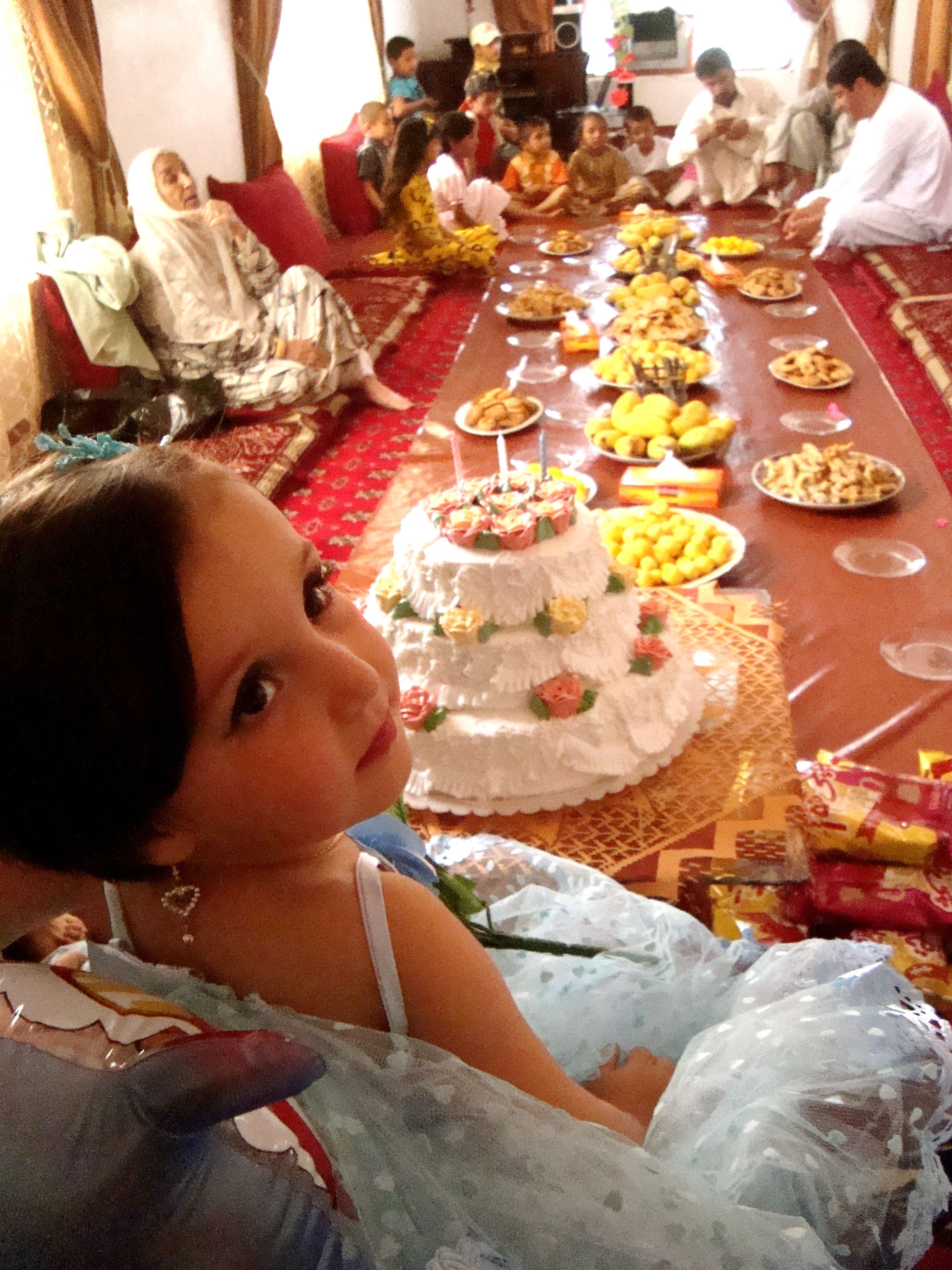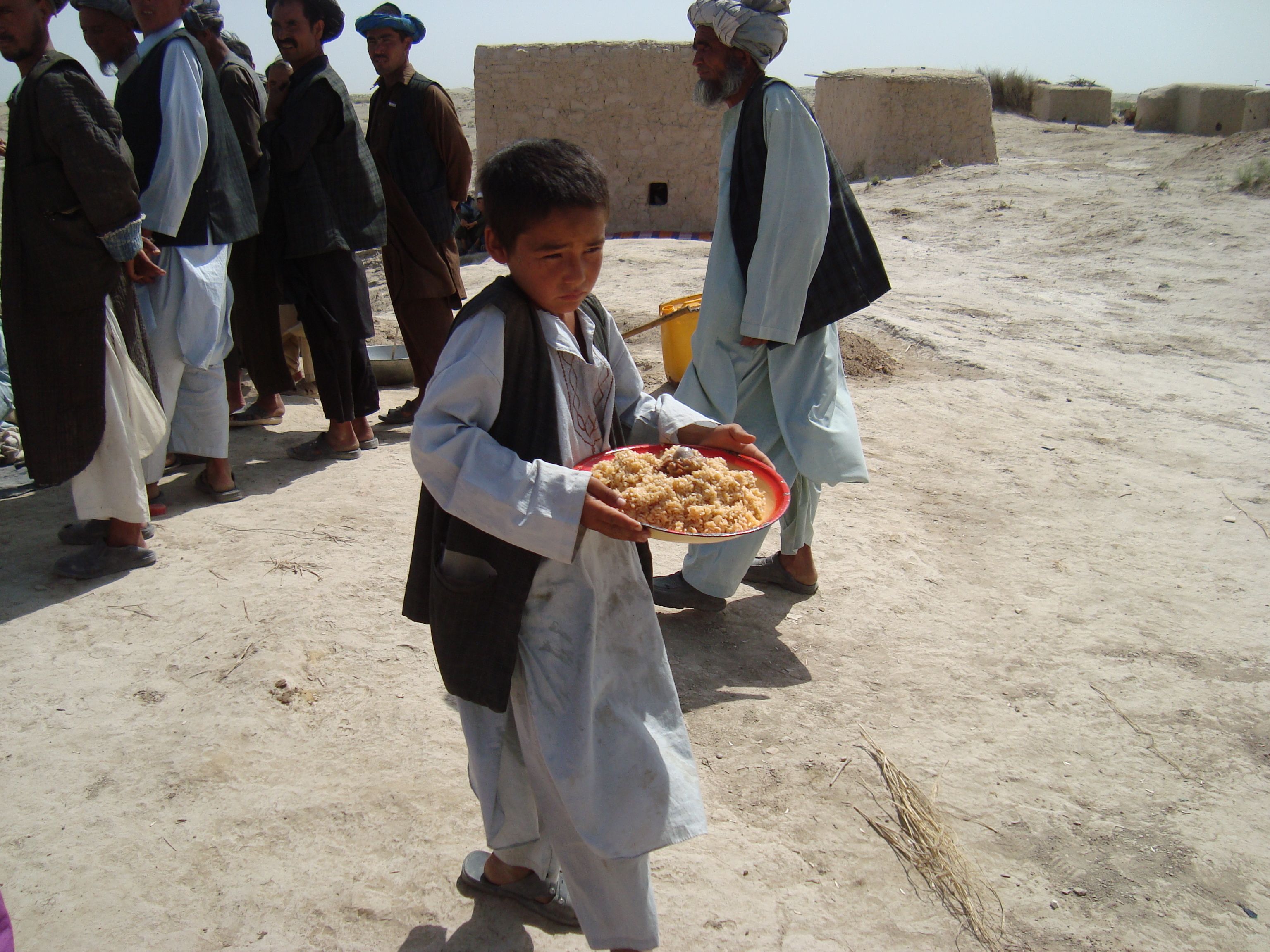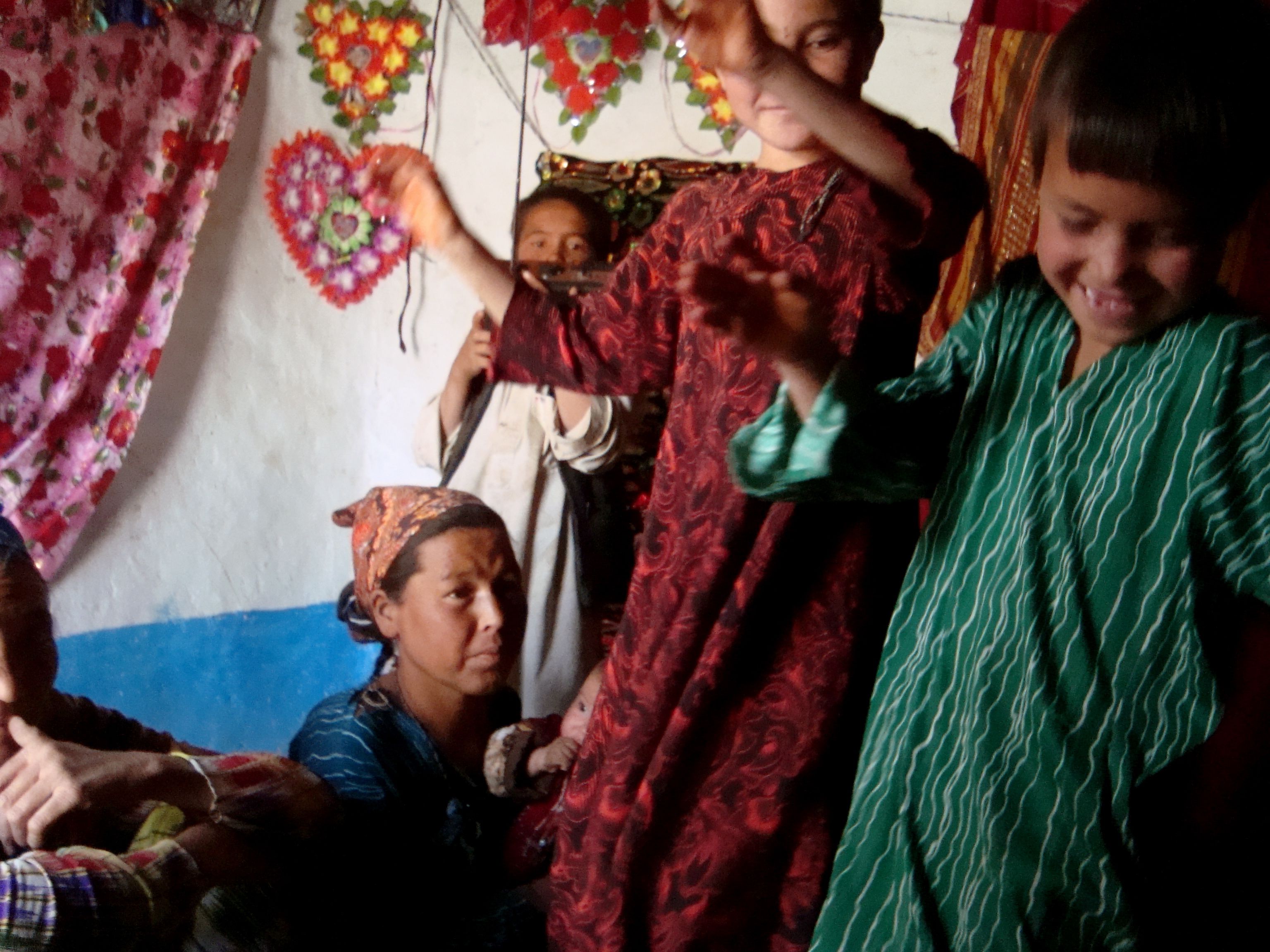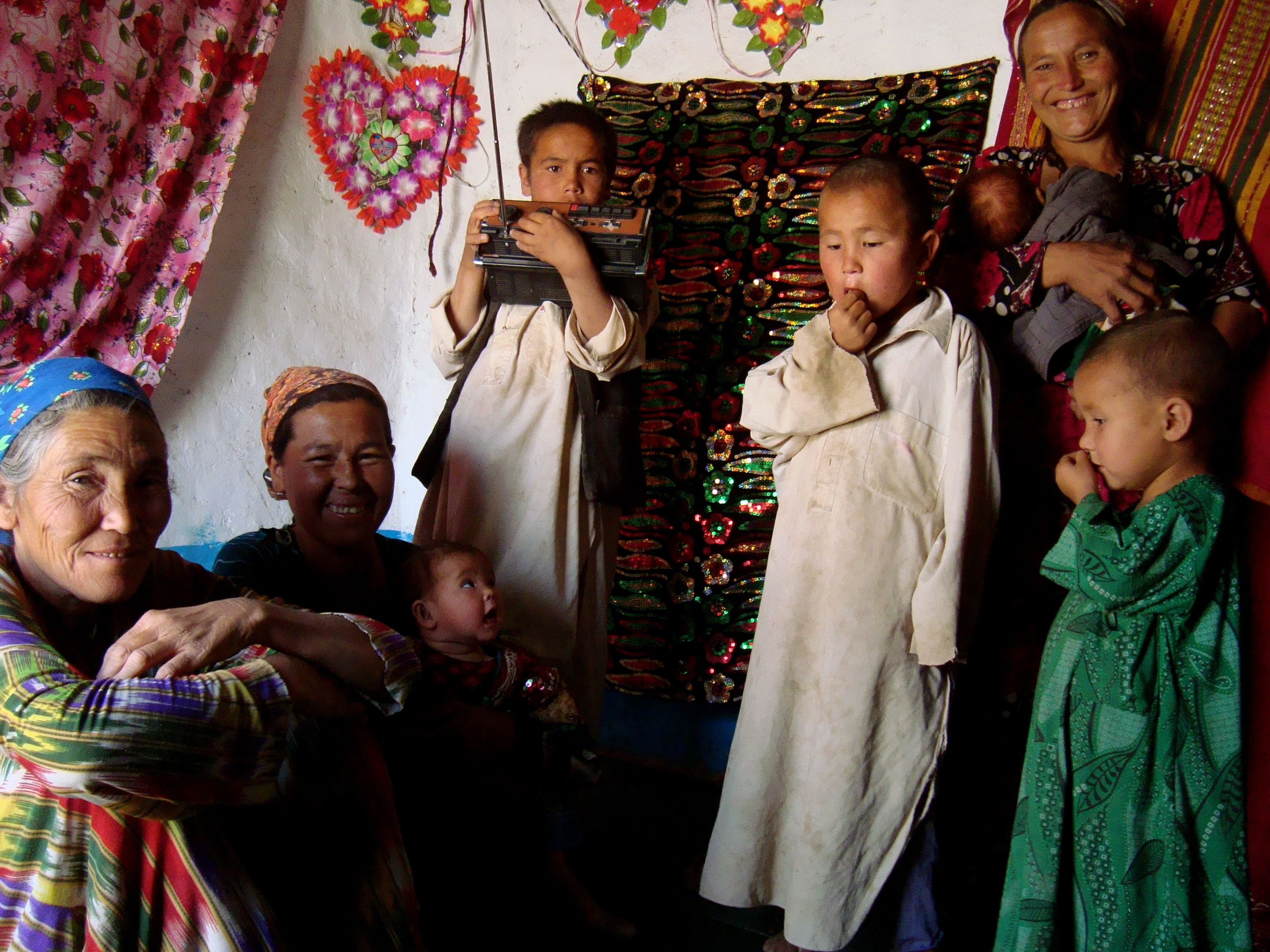June 20, 2011 | Pulitzer Center
Here are the statistics we hear often: Children under the age of 14 make up almost half of Afghanistan's population. Most live in poverty. Fourteen die every half hour, largely from preventable causes such as acute malnutrition or waterborne diseases. One out of four dies before the age of five. At least one-third of children work outside their home, for money; almost all children older than four work at home, for free.
What people outside Afghanistan rarely see is that when they are not sick, and when they are not at work, Afghan children play and dance; that some get to celebrate their birthdays; and that even in the most impoverished villages, kids goof off and have fun.





























